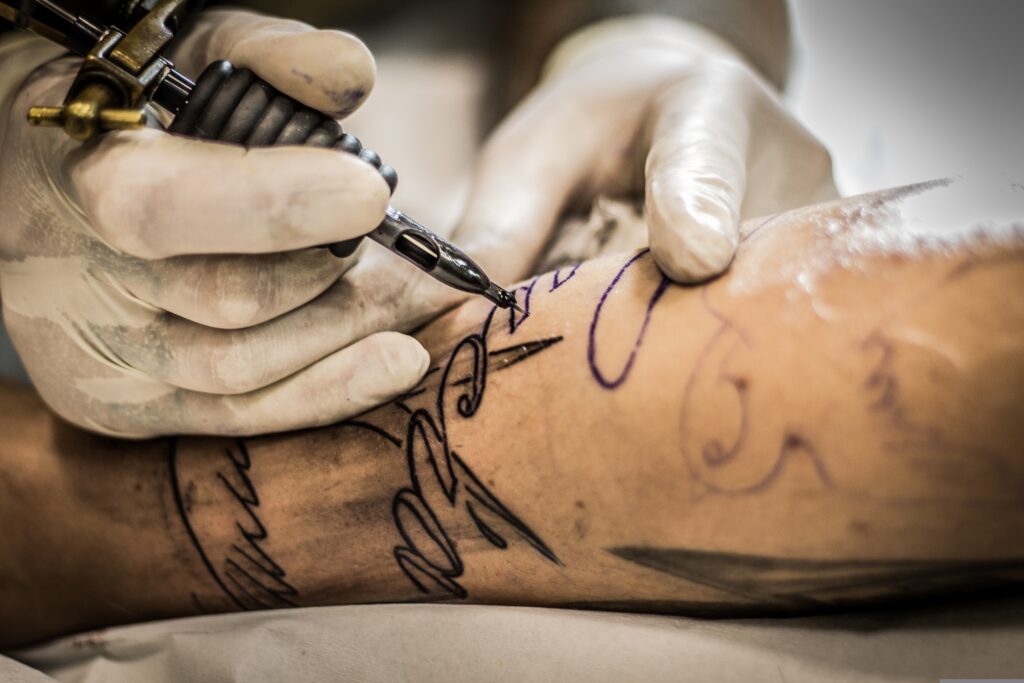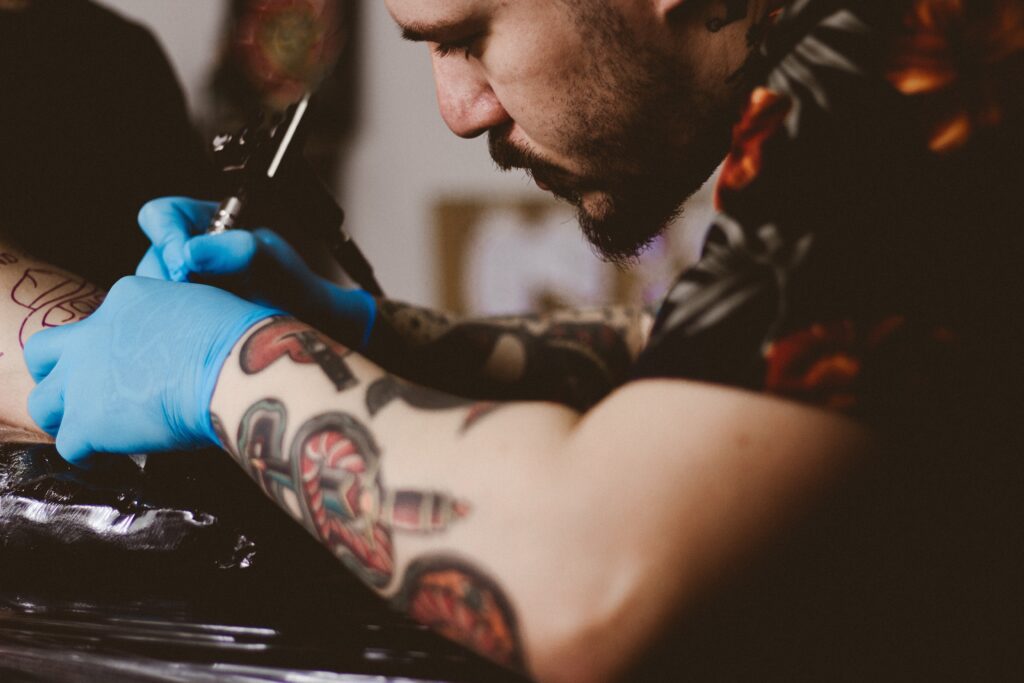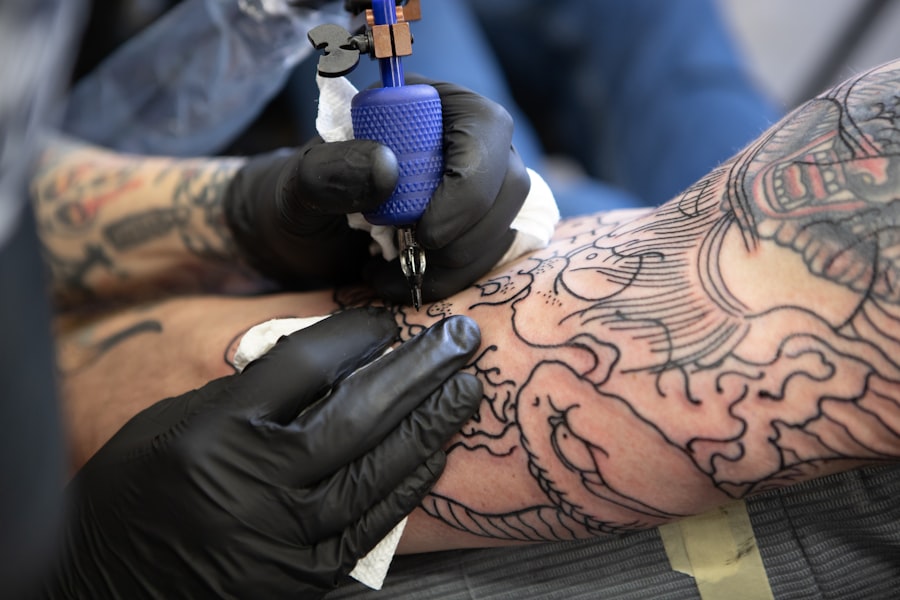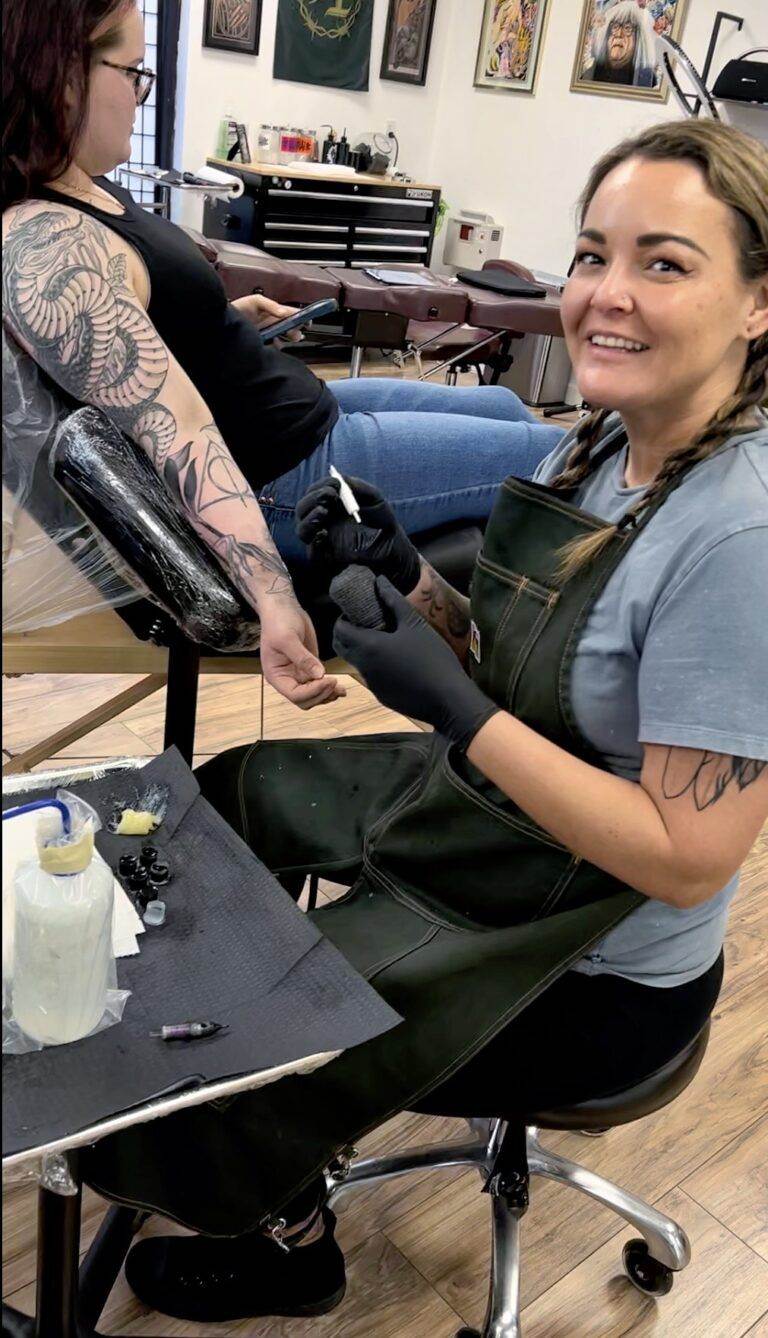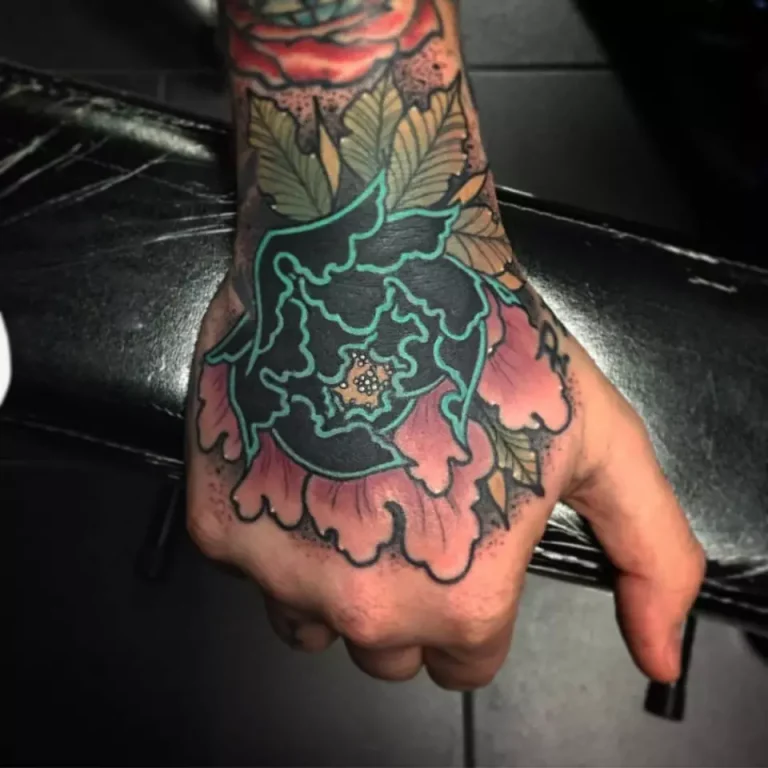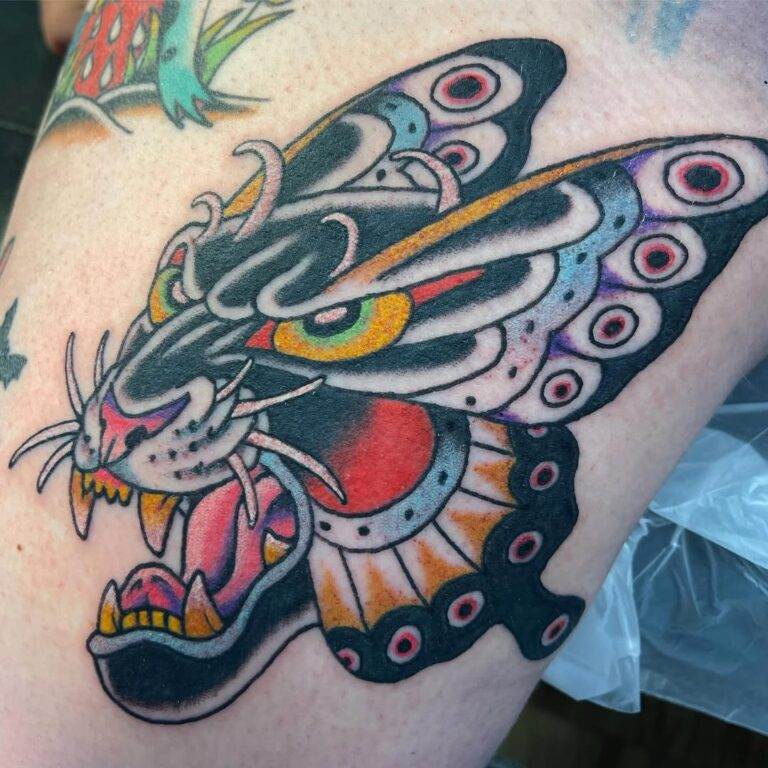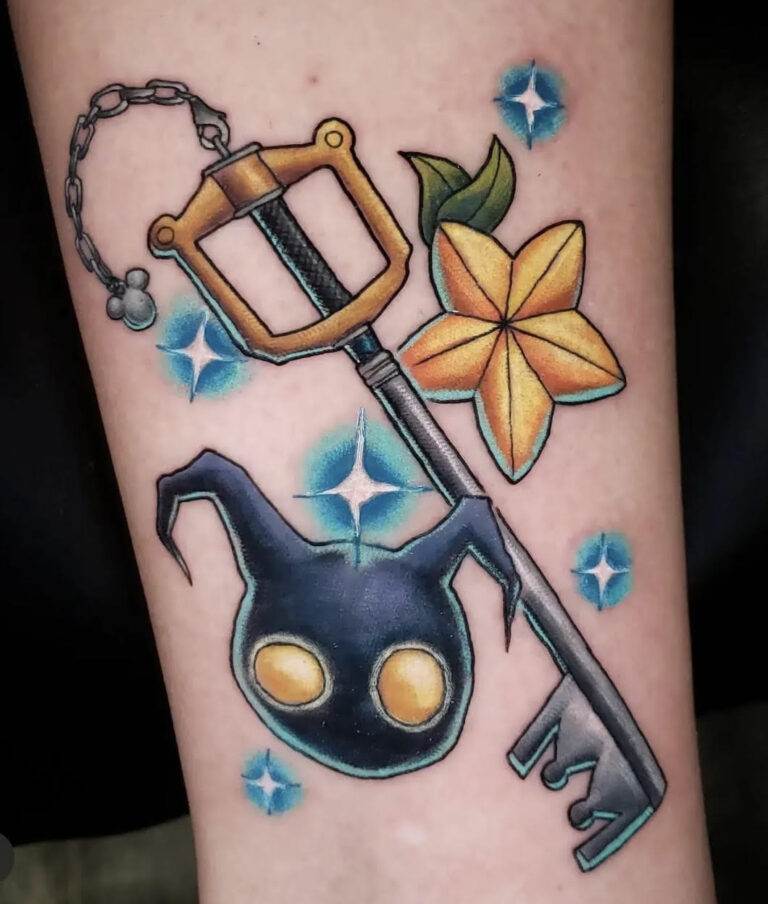When considering getting a tattoo, one of the most common concerns is the level of pain associated with the process. The tattoo pain chart serves as a useful guide for individuals contemplating body art, providing insights into which areas of the body are more sensitive than others. Pain perception varies significantly from person to person, influenced by factors such as individual pain tolerance, mental state, and even the specific tattooing technique used.
Understanding the pain chart can help potential clients make informed decisions about where to place their tattoos, ensuring a more comfortable experience. The pain chart typically categorizes body areas into three main categories: least painful, moderately painful, and most painful. Each area of the body has different levels of sensitivity due to variations in skin thickness, proximity to bones, and the density of nerve endings.
For instance, areas with more muscle and fat tend to be less painful, while regions with thin skin or those that are bony are often more sensitive. By familiarizing oneself with this chart, individuals can better prepare for their tattoo experience and choose a location that aligns with their comfort levels.
Key Takeaways
- Understanding the Tattoo Pain Chart:
- The tattoo pain chart categorizes body areas based on their pain sensitivity during tattooing.
- It helps individuals make informed decisions about where to get a tattoo based on their pain tolerance.
- Least Painful Body Areas for Tattoos:
- Areas with the least pain include the outer arms, shoulders, and upper back.
- These areas have more muscle and fat, which can cushion the sensation of the needle.
- Moderately Painful Body Areas for Tattoos:
- The chest, lower back, and thighs fall into this category.
- These areas have a mix of muscle and bone, leading to moderate discomfort during tattooing.
- Most Painful Body Areas for Tattoos:
- The ribs, feet, and hands are among the most painful areas for tattoos.
- These areas have less muscle and fat, making the sensation of the needle more intense.
- Factors that Influence Tattoo Pain:
- Factors such as individual pain tolerance, skin thickness, and proximity to bones and nerves can influence tattoo pain.
- Tips for Managing Tattoo Pain:
- Deep breathing, numbing creams, and distraction techniques can help manage tattoo pain during the process.
- Aftercare for Painful Tattoo Areas:
- Proper aftercare, including keeping the area clean and moisturized, is crucial for painful tattoo areas to promote healing and reduce discomfort.
- Conclusion: Choosing the Right Body Area for Your Tattoo:
- Consider your pain tolerance, the size and design of the tattoo, and aftercare requirements when choosing the right body area for your tattoo.
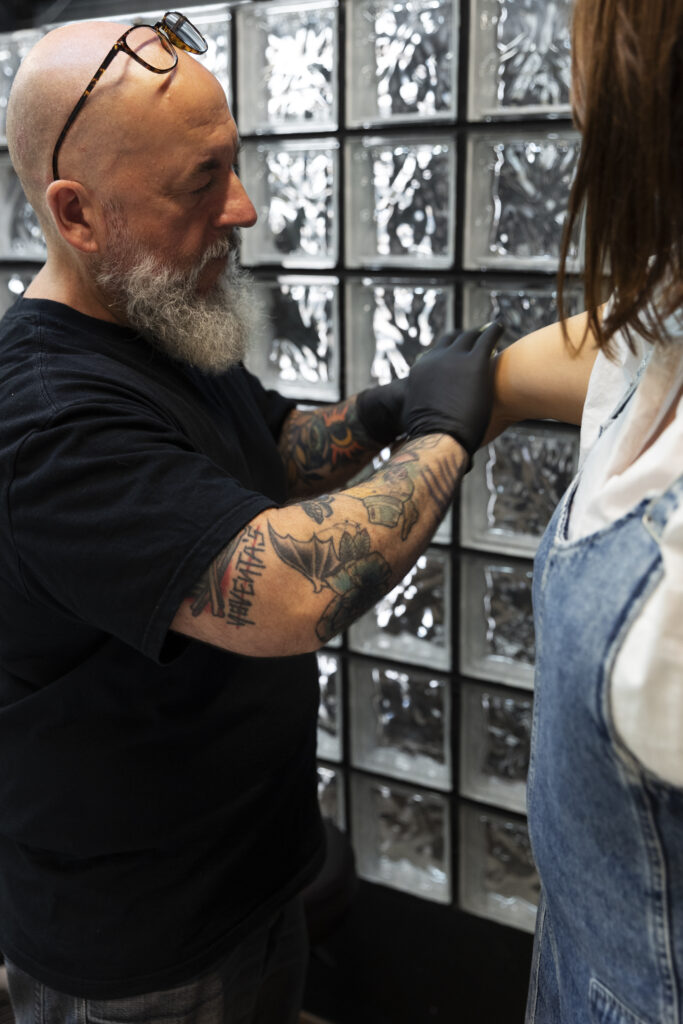
Least Painful Body Areas for Tattoos
When it comes to selecting a spot for a tattoo that minimizes discomfort, certain areas of the body stand out as more favorable. The outer arm is often cited as one of the least painful locations for tattoos. This area has a good amount of muscle and fat, which helps cushion the sensation of the needle.
Additionally, the skin on the outer arm is relatively thick, providing a barrier that reduces sensitivity. Many people find that tattoos in this region are not only bearable but can also be completed quickly due to the ease of access for the artist. Another area known for its lower pain levels is the thigh.
Similar to the outer arm, the thigh is composed of muscle and fat, making it a comfortable canvas for tattooing. The skin here is also thicker than in more sensitive areas, which contributes to a less intense experience. Many individuals choose to get larger pieces on their thighs because they can endure longer sessions without significant discomfort.
Overall, these areas provide an excellent option for those who may be apprehensive about pain but still want to express themselves through body art.
Moderately Painful Body Areas for Tattoos
While some areas are known for their minimal discomfort, others fall into a moderate pain category. The shoulder is one such area that can present a mixed experience. For many, getting tattooed on the shoulder is manageable; however, sensitivity can vary depending on the specific location on the shoulder and individual pain thresholds.
The outer shoulder tends to be less painful due to its muscular structure, while areas closer to the collarbone may elicit more discomfort due to thinner skin and proximity to bone. The calf is another moderately painful area for tattoos. While it has a good amount of muscle and fat, certain spots on the calf can be more sensitive than others.
The back of the calf, for instance, may be less painful than the front due to differences in skin thickness and nerve endings. Individuals considering tattoos in this area should be prepared for some discomfort but can generally expect a tolerable experience overall. Understanding these nuances can help clients choose their tattoo locations wisely.
Most Painful Body Areas for Tattoos
For those who are particularly sensitive to pain or are contemplating their first tattoo, it’s essential to be aware of areas that are known for higher levels of discomfort. The ribcage is often regarded as one of the most painful places to get tattooed. The skin in this area is thin, and there is minimal cushioning between the skin and bone, leading to heightened sensitivity during the tattooing process.
Many individuals report that tattoos on the ribs can be excruciating, making it a location best suited for those with a higher pain tolerance. Another notoriously painful area is the spine. Similar to the ribcage, the spine has very little fat or muscle to absorb the sensation of the needle.
The proximity of nerve endings along the spine can amplify pain levels significantly during tattooing. Many people find that even small tattoos in this area can be quite uncomfortable. Those considering tattoos on their spine should prepare themselves mentally and physically for a more intense experience.
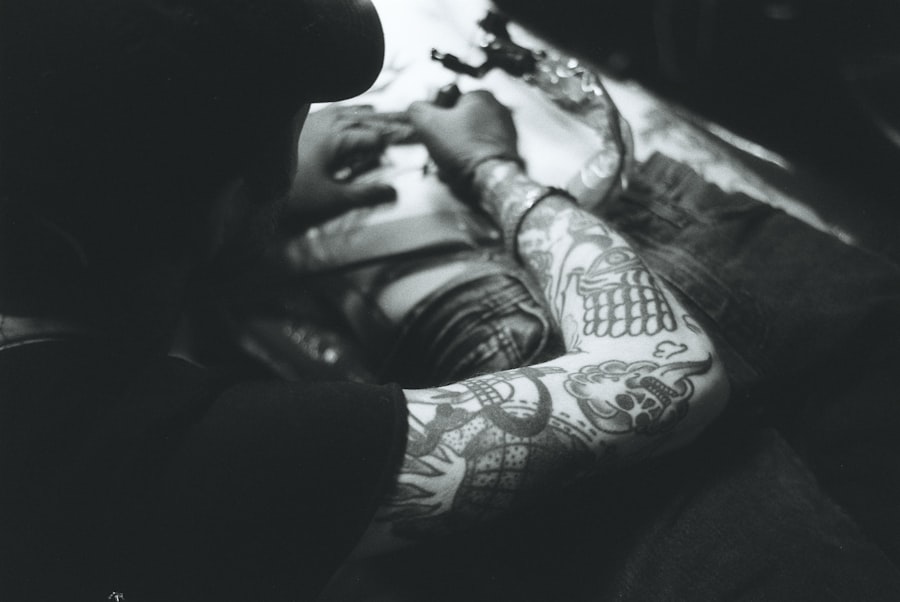
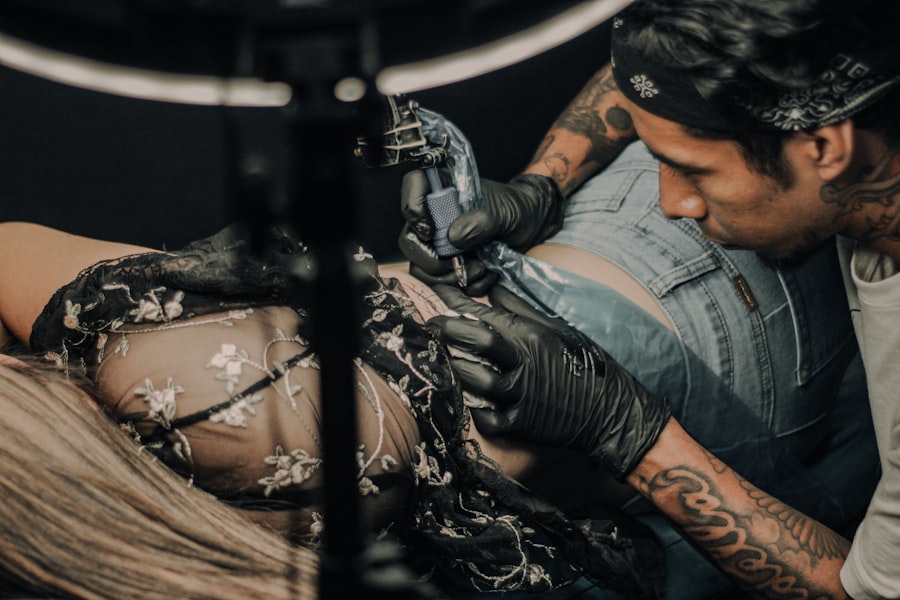
Factors that Influence Tattoo Pain
Several factors contribute to how much pain an individual may experience during a tattoo session. One significant factor is individual pain tolerance, which varies widely from person to person. Some individuals may have a naturally higher threshold for pain due to genetics or past experiences, while others may find even minor discomfort overwhelming.
Understanding one’s own pain tolerance can help set realistic expectations for the tattooing process. Another influencing factor is mental state. Anxiety or fear can heighten sensitivity to pain, making the experience feel more intense than it might otherwise be.
Conversely, being relaxed and mentally prepared can help mitigate discomfort during the session. Additionally, factors such as fatigue or dehydration can also play a role in how pain is perceived. Ensuring that one is well-rested and hydrated before getting a tattoo can contribute to a more positive experience overall.
Tips for Managing Tattoo Pain
Managing pain during a tattoo session is crucial for ensuring a comfortable experience. One effective strategy is to communicate openly with the tattoo artist about any concerns regarding pain levels. A skilled artist can adjust their technique or take breaks as needed to help alleviate discomfort.
Additionally, bringing along a friend for support can provide emotional comfort and distraction during the process. Another helpful tip is to consider using topical numbing creams before getting tattooed. These creams can help dull sensation in the area being tattooed, making it easier to endure the process.
However, it’s essential to consult with your tattoo artist before applying any products to ensure they won’t interfere with the tattooing process or ink adhesion. Finally, practicing deep breathing techniques during the session can help manage anxiety and reduce perceived pain levels.
Aftercare for Painful Tattoo Areas
Proper aftercare is vital for ensuring that tattoos heal well and minimizing discomfort in sensitive areas. After getting a tattoo in a painful location, it’s essential to follow your artist’s aftercare instructions closely. Keeping the tattoo clean and moisturized will promote healing and reduce irritation.
Using fragrance-free products specifically designed for tattoo aftercare can help prevent allergic reactions or further sensitivity. In addition to cleanliness, avoiding tight clothing over freshly inked areas can also aid in comfort during healing. Tight fabrics can rub against the skin and exacerbate any discomfort experienced after getting tattooed in sensitive regions like the ribs or spine.
Instead, opt for loose-fitting clothing that allows air circulation around the tattooed area while it heals.
Choosing the Right Body Area for Your Tattoo
Ultimately, choosing the right body area for your tattoo involves balancing personal preference with an understanding of pain levels associated with different locations. By familiarizing yourself with the tattoo pain chart and considering factors such as individual pain tolerance and mental state, you can make an informed decision that aligns with your comfort levels. Whether you opt for a less painful area like the outer arm or decide to brave a more sensitive spot like the ribcage, being prepared will enhance your overall experience.
At Opal Lotus in Houston, we prioritize not only artistic expression but also client comfort throughout the tattooing process. Our skilled artists are dedicated to ensuring that each client feels at ease while receiving their desired body art. By understanding your options and communicating openly with your artist about any concerns regarding pain or placement, you can embark on your tattoo journey with confidence and excitement.
FAQs
What is a tattoo pain chart?
A tattoo pain chart is a visual representation of the level of pain that can be expected when getting a tattoo in different areas of the body. It is meant to provide a general idea of the potential discomfort associated with tattooing in various body locations.
How is the pain level determined in a tattoo pain chart?
The pain level in a tattoo pain chart is determined based on factors such as the density of nerve endings, proximity to bones and major organs, and the thickness of the skin in different body areas. These factors can influence the level of discomfort experienced during the tattooing process.
Is the pain level the same for everyone in a specific body area?
No, the pain level can vary from person to person, even in the same body area. Factors such as individual pain tolerance, skin sensitivity, and overall health can influence how much discomfort a person may feel during the tattooing process.
What are some of the least painful body areas for tattoos?
Body areas with relatively less pain during tattooing may include the outer arm, outer thigh, upper back, and shoulders. These areas typically have a thicker layer of skin and fewer nerve endings, resulting in a milder sensation during the tattooing process.
What are some of the most painful body areas for tattoos?
Body areas with potentially higher levels of pain during tattooing may include the ribs, inner arm, inner thigh, hands, feet, and areas close to bones or major organs. These areas tend to have a higher concentration of nerve endings and thinner skin, leading to increased discomfort during the tattooing process.
